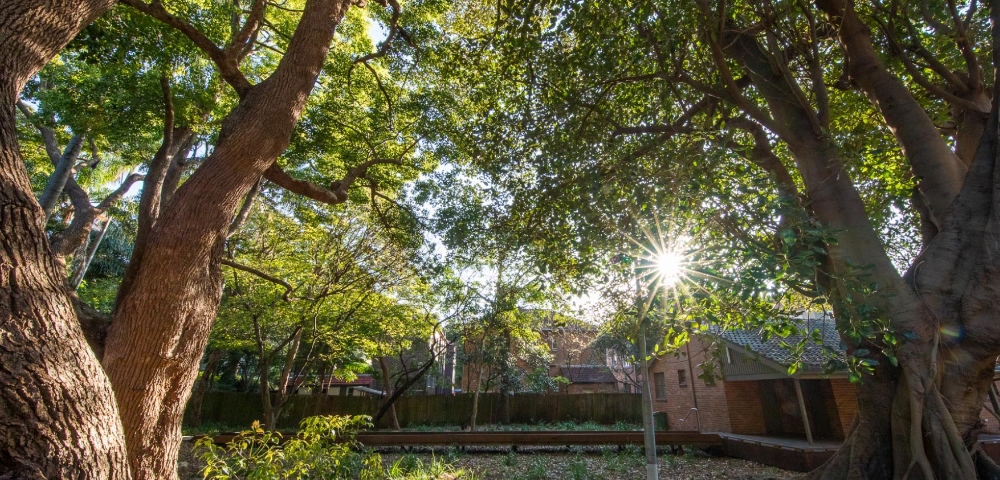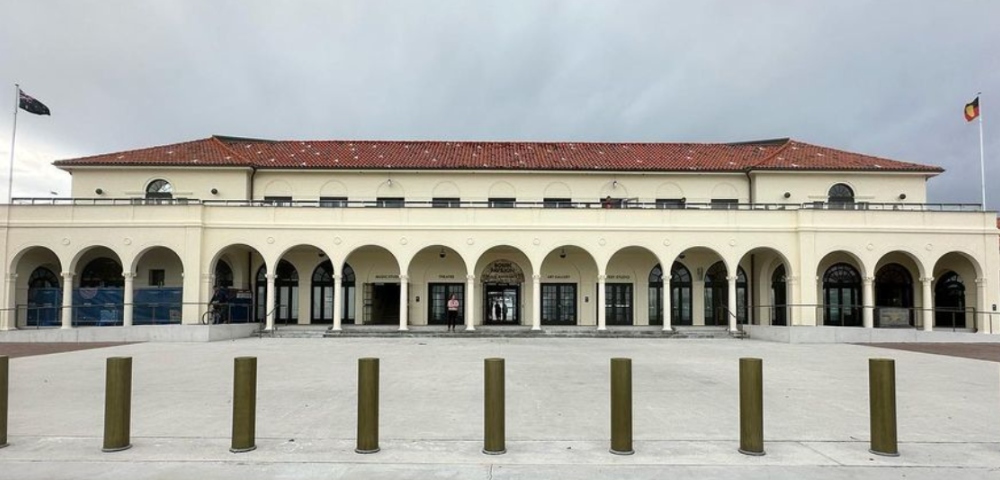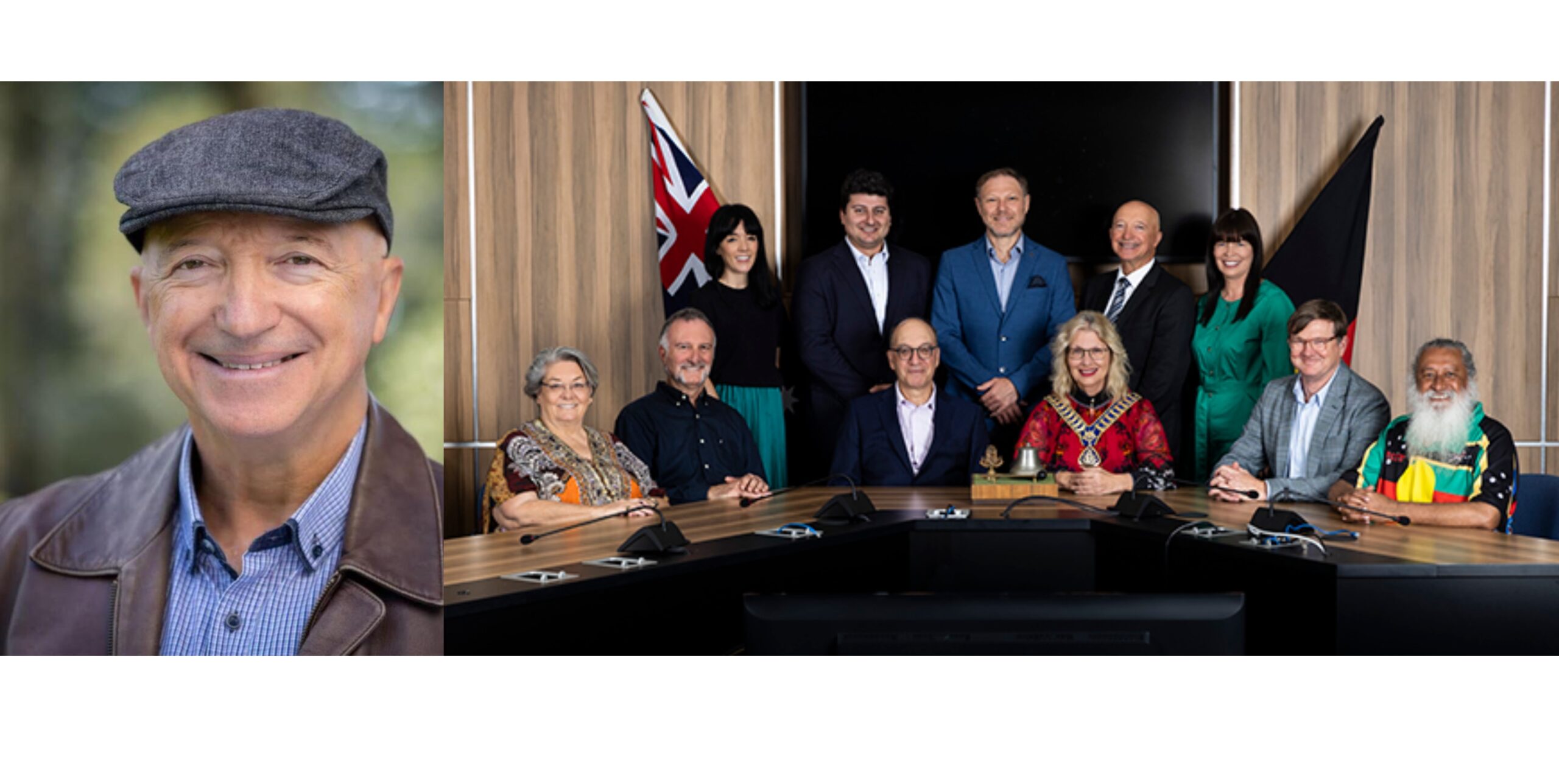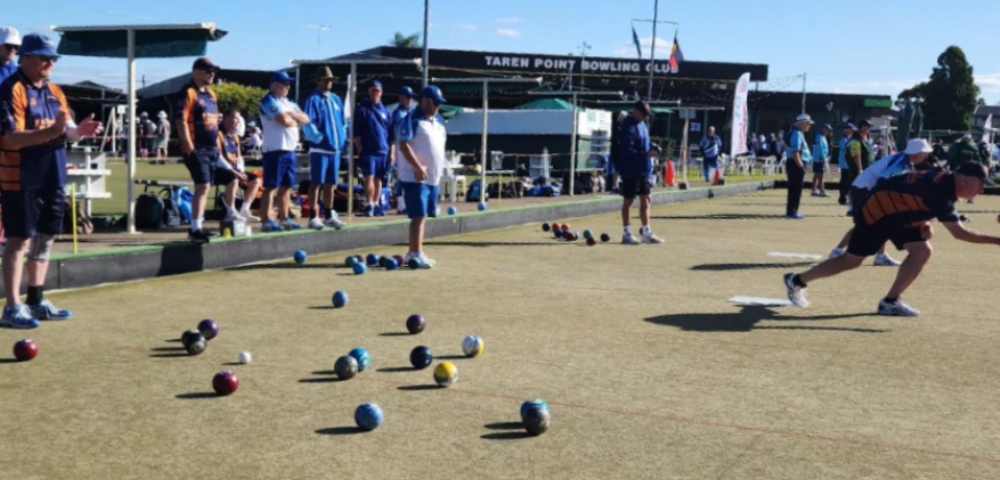
Randwick ambulance “super” station

BY VANESSA LIM
NSW Liberal Government plans to build a Randwick ambulance superstation and downgrade surrounding eastern suburb stations to Paramedic Response Points (PRP) has sparked concern for possible delayed response times.
Despite reassurance from NSW Health that response times won’t be affected, critique from the Health Services Union NSW argues that a centralised super station disadvantages locals furthest from their superstation.
HSU NSW Secretary Gerald Hayes said, “The superstation will centralise paramedics in one location and without an increase in resources response times will blow out”.
But NSW Health said the Randwick superstation would be close to the main roads of the eastern suburbs to ensure response times targets would be met.
Superstation’s centralised placement
A NSW Health spokesperson said, “The Randwick superstation will be situated on the corner of Darley Road and King Street, adjacent to the TAFE NSW Randwick campus.”
When constructed, the Randwick ambulance superstation will be where most staff stay on standby until called to a PRP during their shift.
A NSW Health spokesperson said, “The superstation will sit at the heart of the Randwick Paramedic Response Network and is where paramedics will start and end their shift. The Paramedic Response Network is designed to ensure paramedics can respond to incidents as efficiently as possible; the new superstation is strategically being built close to the major roads of Alison Road and Anzac Parade for easy access to multiple parts of the Eastern suburbs”.
Though the Randwick superstation’s centralised placement near the major eastern suburb roads allows for easy access, this could also lead to problems during peak traffic.
Gerald Hayes said, “You’ll have paramedics covering a much larger network and in an area such as the south east they’re going to hit traffic and congestion whichever [way] they go. For a cardiac arrest patient, an extra five minutes or 10 minutes in an ambulance is a long time.”
Ambulance stations at Maroubra, Mascot and Bondi would be turned into PRPs. A NSW Health spokesperson said, “PRPs are stations that continue operations, but act as a “spoke” in the “hub-and-spoke” model that is the Paramedic Response Network. These spokes are smaller stations that will be supported by the hub of Randwick and is where paramedics will start and end their shifts.
“Based on operational need, paramedics may be deployed to a PRP during their shift. Operational demand will continue to be met with positive response times in this area with the added support of PRPs in the Eastern Suburbs.”
But extra PRP support around the eastern suburbs would only be met if demand was high enough. The extra travel staff need to do to reach PRPs would add time to patients furthest away from superstations in cases of emergency. Gerald Hayes said, “Our foremost job is to save patients’ lives and in an emergency situation every second counts”.
Nine other ambulance superstations at Blacktown, Bankstown, Kogarah, Liverpool, Northmead, Penrith, Caringbah, Haberfield and Artarmon have been added since the first NSW ambulance superstation plans were first introduced in mid-2016.
A NSW Health spokesperson said, “Despite an increase in Triple Zero (000) patient demand, in 2017/18, NSW Ambulance achieved an average response time of 7.5 minutes to the most urgent patients (P1A) against a target of 10 minutes.”
While the highest priority patients have had consistent response times around 7.5 minutes since 2013, the “Emergency” classified patients in NSW – ranked 3rd highest in priority, has increased response times from 17.6 minutes in 2016 to 19.6 minutes in 2018. This 11.4% increase in response time may in part be attributed to the increase of triple zero calls in 2017/18.
NSW Ambulance lacks resources
NSW Ambulance still lacks enough resources to keep up with demand.
The usage of the nine other super stations in NSW may have also increased response time.
NSW Health said, “In the Sydney zone, which encompasses the Randwick, Bondi and Mascot sites, NSW Ambulance achieved an average response time of 6.7 minutes to the most urgent patients against the same target. In the Sydney South Eastern sector, where the Maroubra site is located, NSW Ambulance achieved an average response time of 6.9 minutes to the most urgent patients against the target time of 10 minutes.
However, the current response times may be increased when the Randwick ambulance superstation is finoshed.
A NSW Health spokesperson said, “The community can be assured that NSW Ambulance is committed to providing the best pre-hospital clinical care to all patients across the region and throughout the state even at times of high demand.”
But with the increase of triple zero calls, NSW Ambulance still needs necessary resources to keep up with demand.









